How to Avoid Surprise Medicare Costs in Retirement: Understanding IRMAA in 2025
👉 How would it feel to know exactly when you can retire and how much you can spend without running out of money? Let’s talk. In a complimentary call, I’ll walk you through your numbers and show you strategies that could help you retire with more confidence and less stress. Schedule Your Call
Why This Article Matters — And Why You Should Listen to Me
For many investors, Medicare feels like the finish line in retirement health planning. You turn 65, you sign up, and the heavy lifting is done. Right?
Not exactly.
Every year I meet retirees who are blindsided by unexpectedly high Medicare premiums. They didn’t realize that their income from two years ago could cause a monthly increase of $100, $300, even over $500 for the exact same coverage their neighbor gets at a lower rate.
In my experience, understanding IRMAA (Income-Related Monthly Adjusted Amount) is one of the most overlooked financial planning tools retirees have. The investors I work with appreciate that I don’t just help them choose the right health coverage—I help them build a tax-aware strategy that keeps more money in their pockets.
Key Takeaways
IRMAA is an income-based surcharge that increases Medicare Part B and D premiums.
It’s based on your MAGI from two years ago (e.g., 2023 income affects 2025 costs).
Surcharges begin once individual income exceeds $106,000.
With smart tax planning (like Roth conversions or distribution timing), IRMAA can often be avoided or reduced.
What Is IRMAA?
IRMAA stands for Income-Related Monthly Adjusted Amount. It’s an extra charge added to your Medicare Part B (doctor/outpatient) and Part D (prescription) premiums if your income is above a certain threshold.
Here’s the kicker: It’s not based on this year’s income. It’s based on your MAGI from two years ago.
So your 2025 premiums will be based on your 2023 income.
Your 2023 MAGI Includes:
- Wages
- IRA and 401(k) distributions
- Capital gains
- Rental income
- Tax-exempt interest (like municipal bond interest)
- Even if you're retired in 2025, a big income year in 2023 could trigger IRMAA.
2025 IRMAA Premium Levels (Individual Filers)
If you're filing individually, here are the IRMAA thresholds for 2025:
MAGI of $106,000 or less:
Part B: $185/month
Part D: $0 surcharge
MAGI between $106,001 and $133,000:
Part B: $259/month
Part D: +$13.70/month
MAGI between $133,001 and $167,000:
Part B: $370/month
Part D: +$35.30/month
MAGI between $167,001 and $200,000:
Part B: $480.90/month
Part D: +$57.00/month
MAGI between $200,001 and $500,000:
Part B: $591.90/month
Part D: +$78.60/month
MAGI over $500,000:
Part B: $628.90/month
Part D: +$85.80/month
👉 Actionable Tip: Use Roth conversions before age 65 to manage MAGI and prevent future IRMAA tiers. Planning early can save you thousands over your retirement years.
How to Reduce or Avoid IRMAA
1. Use Roth Conversions Strategically
Shift taxable IRA dollars into Roth IRAs in lower-income years (before Medicare begins).
Roth income doesn’t count toward MAGI.
2. Space Out Large Withdrawals
Avoid big IRA distributions, capital gains, or real estate sales in a single year.
Consider splitting withdrawals across calendar years.
3. Monitor MAGI Triggers
Be aware of bond interest, RMDs, and even Social Security start dates.
Consider qualified charitable distributions (QCDs) from IRAs to reduce taxable income.
4. Appeal IRMAA If Your Income Has Dropped
Retired recently? Lost a spouse? Went through a divorce?
You may qualify for an IRMAA appeal using SSA Form-44.
Real-Life Example: Mary and the $7,000 Medicare Mistake
Mary retired in 2024 with $1.5 million in her IRA. She took a $100,000 distribution that year to fund home renovations.
In 2025, her Medicare premiums increased dramatically:
Part B: from $185/month to $480.90/month
Part D: added $57/month
That single distribution raised her costs by $7,572 over two years.
What we did going forward:
Moved future income to Roth IRA
Used QCDs for charitable giving
Spaced large capital gains across tax years
By 2026, her IRMAA was gone.
Conclusion
IRMAA is one of the most easily missed but financially impactful pieces of Medicare planning. It’s not just about getting coverage — it’s about keeping your retirement income strategy clean, tax-efficient, and stress-free.
👉How would it feel to know exactly when you can retire and how much you can spend without running out of money? Kind of crazy that you just found this blog… and your next step might be booking a complimentary call. In that call, we’ll explore your numbers and see what’s truly possible for you. Schedule Your Call
FAQs
What is IRMAA based on?
IRMAA is based on your Modified Adjusted Gross Income (MAGI) from two years ago. For 2025 premiums, the SSA uses your 2023 tax return.
Is Roth IRA income included in MAGI for IRMAA?
No. Distributions from Roth IRAs are not included in MAGI if they are qualified.
Can IRMAA be appealed?
Yes. If you've had a life-changing event (like retirement, divorce, or death of a spouse), you can file Form SSA-44 to request an adjustment.
Disclaimer: Case studies are hypothetical and do not relate to an actual client of Lock Wealth Management. Clients or potential clients should not interpret any part of the content as a guarantee of achieving similar results or satisfaction if they engage Lock Wealth Management for investment advisory services.
